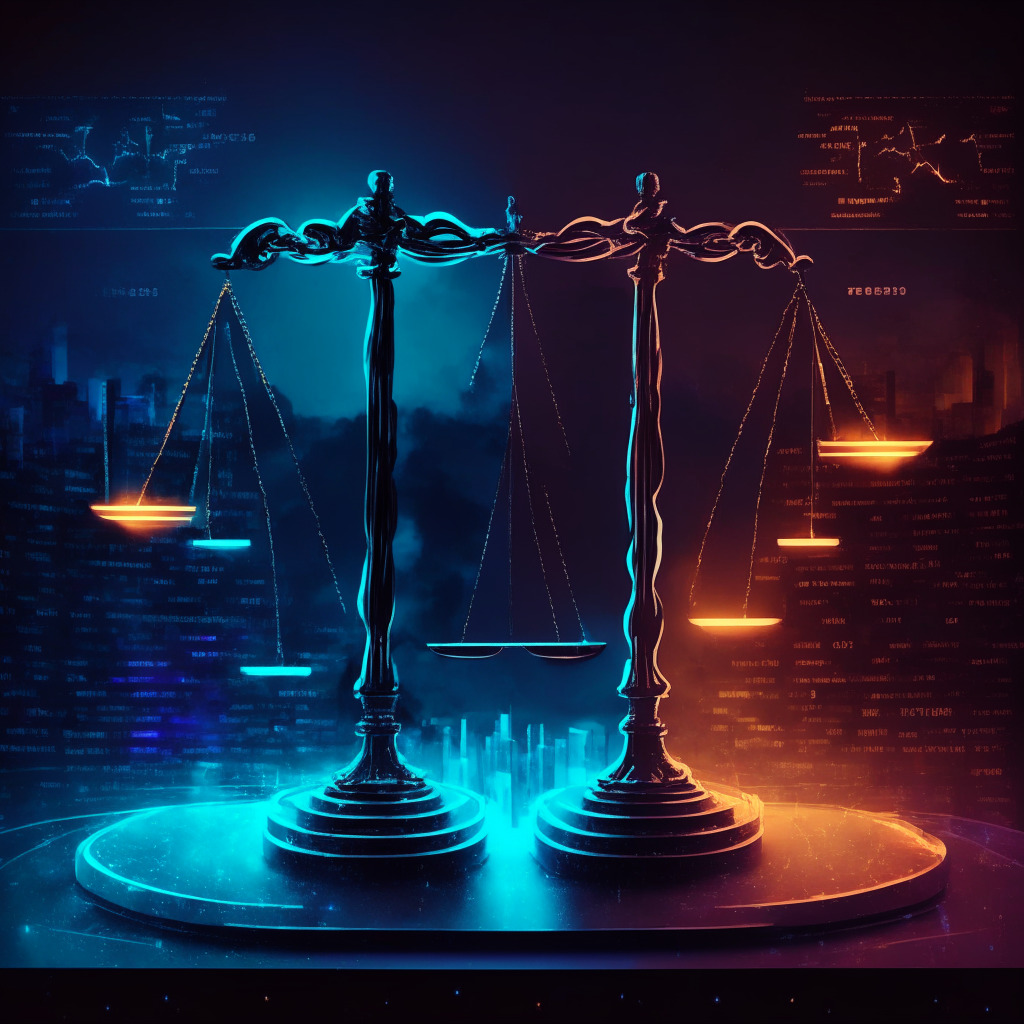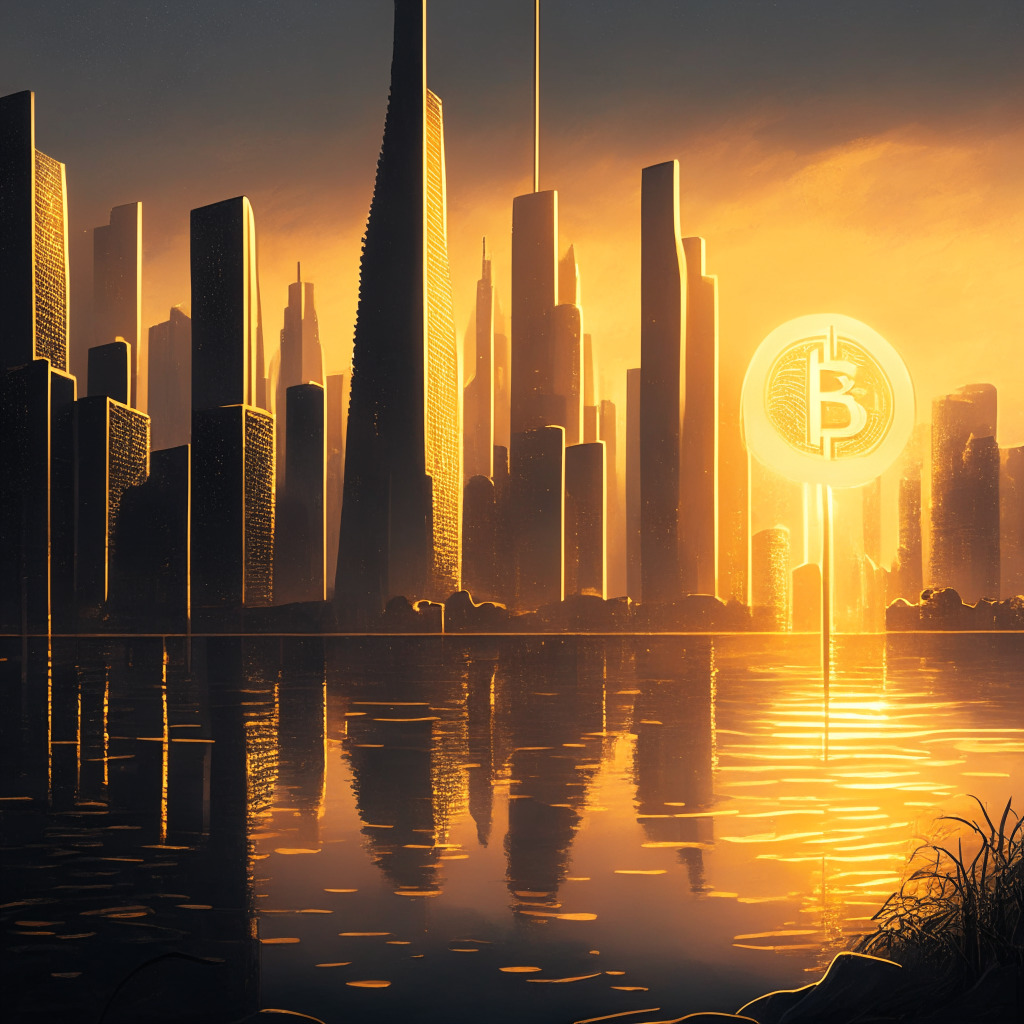In the whirlpool of financial markets, the recent movement in XRP price proves tempting to ponder. On one side, we have covered its tumultuous dance with the U.S. Securities and Exchange Commission (SEC) leading to a subsequent price pump following a favorable U.S. Judge decision. On the flip side, the market analyst puts up an argument that XRP’s inability to maintain its earlier gains demonstrates a potential lack of investor confidence.
The court drama began when the SEC contended that XRP qualified as a security. However, Judge Analisa Torres of the Southern District of New York dismissed this contention. The price of XRP surged to $0.55 following the ruling, although it began to slightly decrease shortly thereafter. The fact that no such question of law was involved that required an order was pointed out as the reason for rejecting the appeal. This stirred the waters among crypto law experts and addressed some of the ongoing discussions concerning law and cryptocurrency.
While some experts, such as Bill Hughes from ConsenSys, viewed the dismissal as expected, others like Gabriel Shapiro from Delphi Labs warned the enthusiasts to temper their excitement, hinting that the SEC still has the option to appeal later. The case is set to be heard on April 23, 2024.
On a separate but notable thread, Ripple announced that its local entity – Ripple Markets Asia Pacific, was granted a Major Payment Institution (MPI) license for digital payment tokens services in Singapore by the Monetary Authority of Singapore (MAS). This simply means Ripple is allowed to continue its operations in Singapore whereas it previously only had in-principle approval from MAS. This license will permit Ripple’s subsidiary to further expand its On-Demand Liquidity (ODL) offering, which uses XRP as a bridge currency precisely mitigating the need for pre-funded destination accounts, and potentially reducing operational costs.
Simultaneously, Ripple also happens to be one of the nine entities appointed by the National Bank of Georgia (NBG) to perform research on their central bank digital currency (CBDC), known as digital Lari or GEL. This project aims to be programmable and support asset tokenization.
However, despite the series of good news, the open interest in XRP futures has not shown any significant increase. With the token not surpassing the $0.54 mark, which would have been a six-week high, and the lack of demand for leverage through futures contracts, the news flow’s impact on investors can be questioned.
This whirlwind of developments presents two sides of the XRP coin – the market’s enthusiastic response to legal victories, as well as apparent scepticism due to a lack of response in derivative markets. It genuinely is a representation of the neverending intrigue that the fast-paced world of crypto holds.
Source: Cointelegraph




